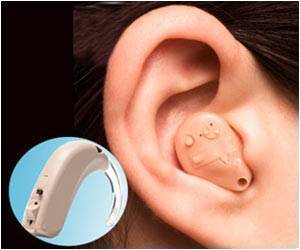Female astronauts use birth control to suppress menstruation during space missions, ensuring convenience, comfort, and health management in microgravity.
- Female astronauts use birth control to suppress menstruation during space missions for convenience and health management
- Continuous oral contraceptive use is a common practice among astronauts to prevent periods during long-duration space travel
- Long-acting contraceptives like IUDs and implants are also viable options for extended missions reducing the need for daily pills
Medically induced amenorrhea in female astronauts
Go to source).
Female astronauts often use birth control to safely suppress periods in space, making long-duration missions more manageable and comfortable.’
Why Do Female Astronauts Use Birth Control in Space?
Menstrual Suppression for Long Missions
In space, managing menstruation can be difficult due to limited access to hygiene products, water constraints, and the need for efficient waste disposal. To avoid these challenges, many female astronauts choose to suppress menstrual cycles using hormonal birth control. This not only makes personal hygiene easier but also prevents the discomfort of menstruating in a zero-gravity environment (2✔ ✔Trusted Source
Laboratory of Countermeasures Development
Go to source).
Preventing Hormonal Fluctuations
Hormonal changes can impact mood, energy levels, and overall well-being. As we are aware, that the astronauts must perform at peak physical and mental capacity at all times, regulating the hormone levels with birth control pills can help maintain a more stable physiological state.
Strategies Female Astronauts Use on Long Space Missions
Continuous Oral Contraceptive Use
A study published in NPJ Microgravity highlights that medically induced amenorrhea (absence of menstruation) is a common practice among female astronauts, as it helps manage menstrual health during long-duration missions. Many astronauts opt for continuous oral contraceptive use, meaning they take active pills without a break, skipping placebo pills and preventing periods altogether. This method is safe, well-researched, and widely used even terrestrially by many females for conditions such as endometriosis and menstrual irregularities.

Other Hormonal Options
While birth control pills are commonly used, other options like hormonal IUDs, implants, or injections may also be considered. These long-acting methods require less maintenance, making them ideal for extended space missions. However, astronauts undergo extensive medical evaluations before their missions to determine the best approach for their individual needs.
Future Considerations for Space Travel
Birth Control for Deep Space Missions
With upcoming missions to Mars and beyond, longer durations in space raise new questions about female reproductive health. The potential for multi-year missions means space agencies are exploring more permanent or long-term contraceptive solutions, such as extended-release implants. NASA and other space agencies continue to study how medications, including hormonal contraceptives, function in space to ensure their safety and efficacy.
Reproductive Health in Space Exploration
As space travel advances, discussions about reproductive health, fertility preservation, and even the possibility of pregnancy in space are becoming more relevant. Scientists are actively researching how microgravity affects the female reproductive system and how to optimize health care for astronauts on long-duration missions.
Yes, female astronauts do take birth control pills in space, primarily for menstrual suppression and hormonal regulation. These methods ensure comfort, hygiene, and peak performance during their missions. As human space exploration continues, reproductive health will remain a key area of research, shaping the future of long-term space travel.
References:
- Medically induced amenorrhea in female astronauts - (https://pubmed.ncbi.nlm.nih.gov/28725726/)
- Laboratory of Countermeasures Development - (https://www.nasa.gov/ames/space-biosciences/laboratory-of-countermeasures-development/)
Source-Medindia










